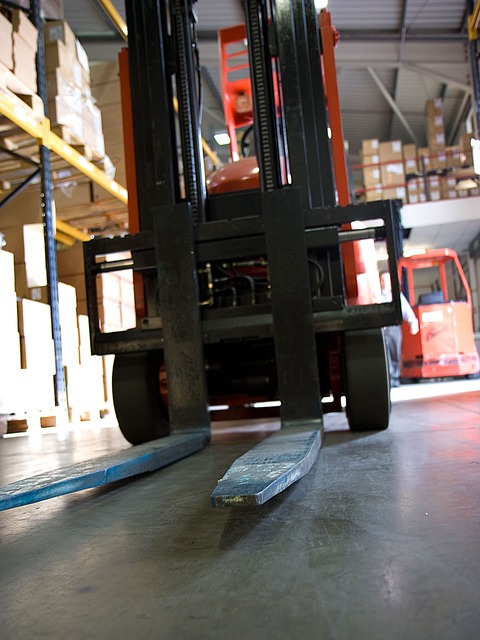Safety Issues With Industrial Forklifts
Despite hundreds of different industrial forklifts, the most common type by far is the sit-down, counter-balanced forklift. Some of the most common safety issues with industrial forklifts include:
- Failure to conduct operator training: Driving a forklift feels very similar to driving a car, but there are major differences. Forklifts also vary greatly, even among forklifts of the same class and manufacturer. Employers are required to train and evaluate each operator’s skills based on the equipment and conditions in the work environment, even if a new worker claims to be experienced.
- Failure to conduct re-training: OSHA requires refresher training at least every three years. You may have heard of “slow learners,” but “fast forgetters” are a more common problem. Don’t wait the maximum time allowed between training. More frequent training should help workers remember to follow safe practices and prevent safety issues with industrial forklifts that cause crashes and injuries.
- Failure to use seatbelts: Seatbelts save lives. Workers who fail to wear their seatbelts are much more likely to suffer fatal injuries in a tipover situation.
- Unsafe load capacity and load center: Workers may know not to exceed the rated load capacity of a forklift, but be sure they know the load center as well. If a load doesn’t fit on a standard 4’x4’ pallet, its load center may be far enough away from the mast to make the forklift unstable, possibly resulting in tipover.
- Overhead Hazards: Building utilities, doorways, lighting, and sprinklers are just a few of the hazards overhead. Operators must constantly check their surroundings to be sure they avoid these hazards. In the case of energized overhead power lines, at least 10’ clearance is required; additional clearance is required for lines over 50 kV.
- Pedestrians and other vehicles: Visibility can change greatly as material and production moves through your plant. Remind workers to slow down at all corners and intersections. A spotter may be required to guide the operator safely through a blind spot.
- Improperly arranged loads: Loads must be secure and balanced to avoid dropping them, which is a serious safety issue with industrial forklifts that could lead to damaged loads and serious or fatal injuries to pedestrians.
- Failure to conduct documented pre-operation inspections on each shift: Operators who don’t check their forklift for damage, leaks, or other unsafe conditions, may be inviting equipment failure, property damage, injury, or even death.
- Floor/ground conditions: When used outside, potholes, mud, gravel, ice, snow, and soft soil can cause the forklift to get stuck and/or make braking difficult. Inside a plant or warehouse, debris such as loose papers, dust, water, or oil on the floor can also make braking more difficult. Drive as slowly as necessary based on conditions. Remember, the best practice is to keep the floors clean and dry.
In addition, always review the operator’s manual to become aware of any specific safety issues with industrial forklifts, special features, or differences related to your specific vehicle.
Optimum Safety Management provides OSHA safety management services that can insure your company is up to date and compliant with the latest forklift safety regulations.








